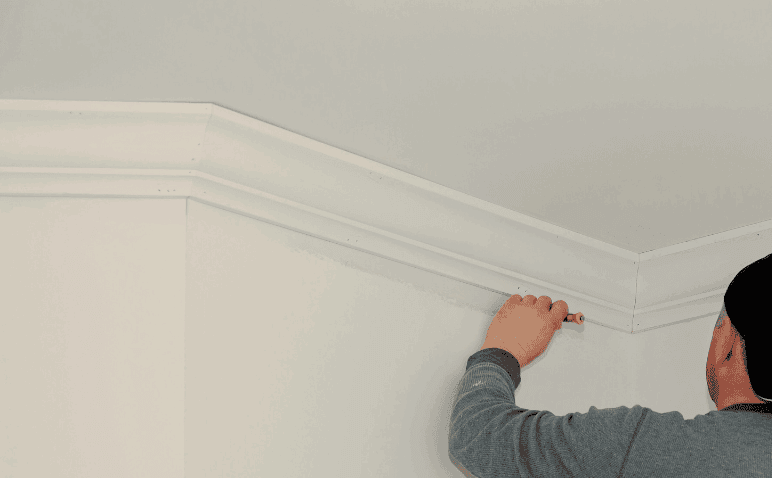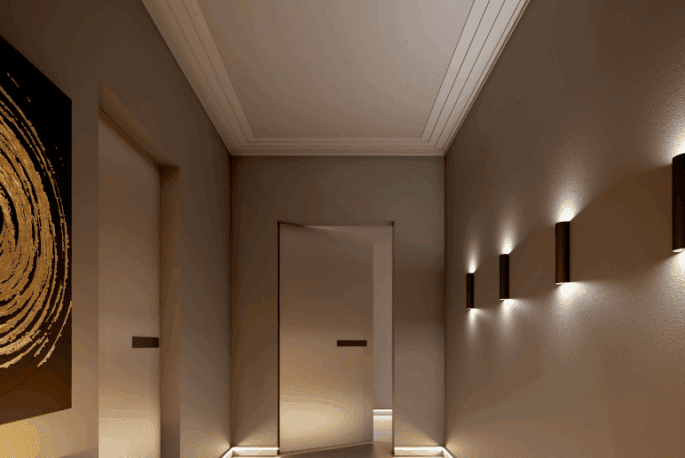Is Coving Difficult to Install? Here’s the Top 5 Mistakes Made!

Fitting Lightweight Mouldings – 5 Common Mistakes to Avoid!
Lightweight mouldings—such as polymer cornices, coving, and panel mouldings—are revolutionising interior design in the UK. They’re durable, easy to fit, and perfect for DIYers and professionals alike. But even the simplest projects can go sideways without the right prep. Here are the top five mistakes people make and how to avoid them when fitting lightweight mouldings—and how to get the perfect finish every time!
1. Skipping Surface Preparation
It’s tempting to dive straight in, especially with easy-to-fit products. But mouldings need a clean, dry, dust-free surface to bond properly. Failing to prepare the surface can result in the mouldings falling down or shifting over time.
You can avoid this by:
-
Wiping down walls and ceilings
-
Filling and sanding imperfections
-
Ensuring old paint and plaster is sound and stable
A little prep goes a long way in achieving a flawless finish and a strong, long-lasting hold.
2. Using the Wrong Adhesive
Lightweight doesn’t mean one-size-fits-all when it comes to glue. The wrong adhesive can lead to sagging joints or poor long-term stability.
You can avoid this by:
-
Using the recommended high-quality polymer-based adhesive (found at the bottom of each product page)
-
Following the manufacturer’s instructions on the adhesive
-
Applying adhesive evenly, especially near corners and edges
- Remember, the strength is in the adhesive, so when doing joins, don’t squeeze all the adhesive out the joins by tightly butting them up together.
Top tip: Always check whether your chosen moulding is for interior or exterior use—it makes a difference!
3. Not Planning Your Cuts Properly
Cutting angles incorrectly is one of the most common mistakes—and can cost you time and materials.
You can avoid this by:
-
Measuring twice, cutting once
-
Dry-fitting pieces before final fixing
Remember: Corners matter. A clean 90° cut will give you professional-looking joints that are easy to fill and finish.
4. Rushing the Installation
Fitting lightweight mouldings are quick to work with—but don’t confuse quick with careless.
You can avoid this by:
-
Holding each piece firmly in place while the adhesive sets
-
Using temporary support or pins if necessary
-
Cleaning excess adhesive with a damp sponge immediately before it dries
Patience during installation saves time later during decorating or repairs.
5. Forgetting to Seal and Finish
Even high-end mouldings can look unfinished without the right final touches.
You can avoid this by:
-
Filling small gaps with decorators’ caulk or filler
-
Sanding lightly after drying for seamless joints
-
Painting with a suitable finish (all our profiles come pre-primed)
A crisp paint finish elevates the look—whether you’re going for classic, contemporary or statement style.
Fitting lightweight decorative mouldings offer stunning results with far less effort than traditional plaster. By avoiding these common mistakes, you’ll save time, reduce frustration, and get a professional finish that transforms any space—whether you’re a Homeowner refreshing a lounge or an Interior Designer restoring a Georgian hallway.
Looking for easy-to-fit, lightweight mouldings? Explore our full range of coving, cornices, wall panels, and more at UK Home Interiors.


